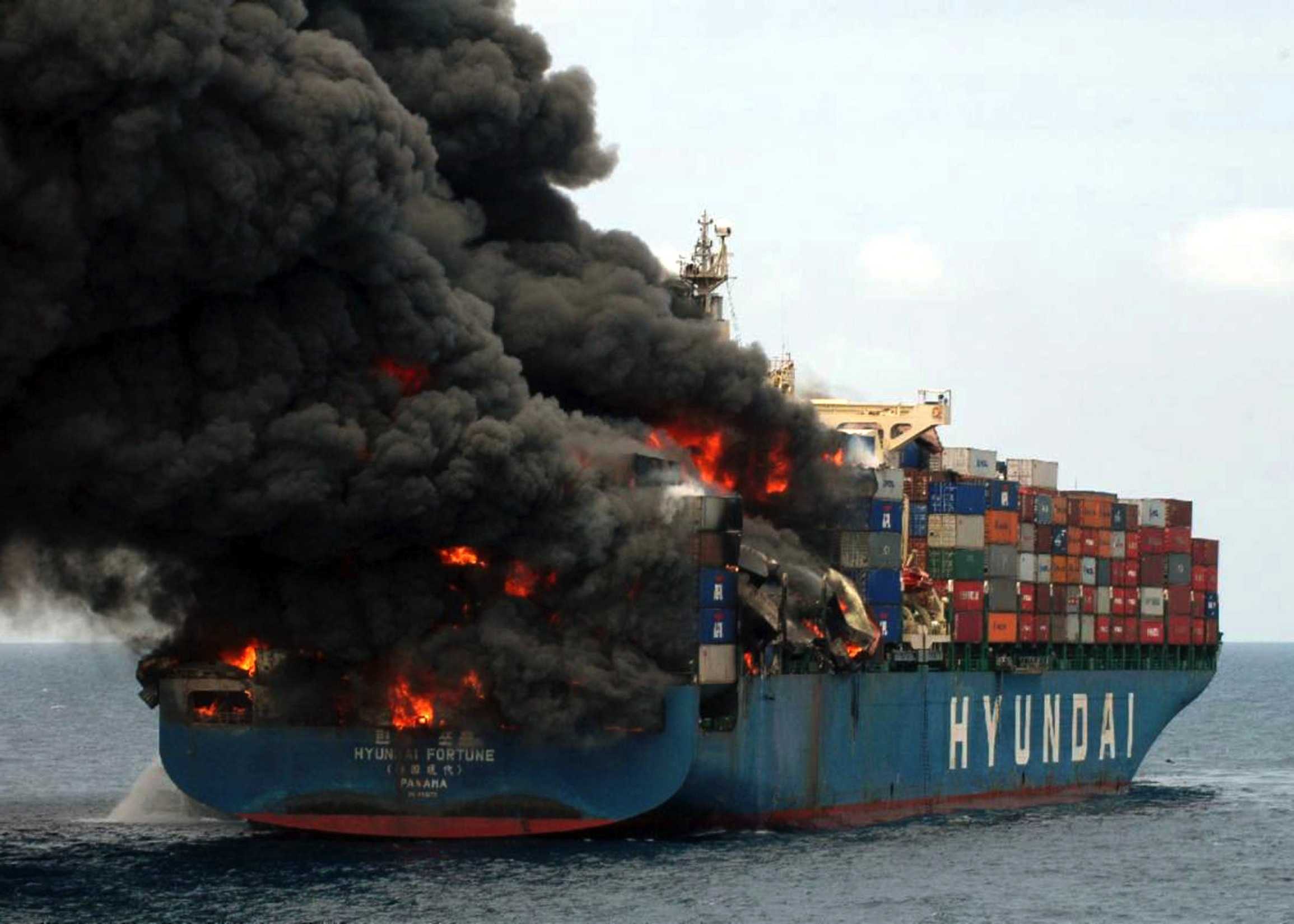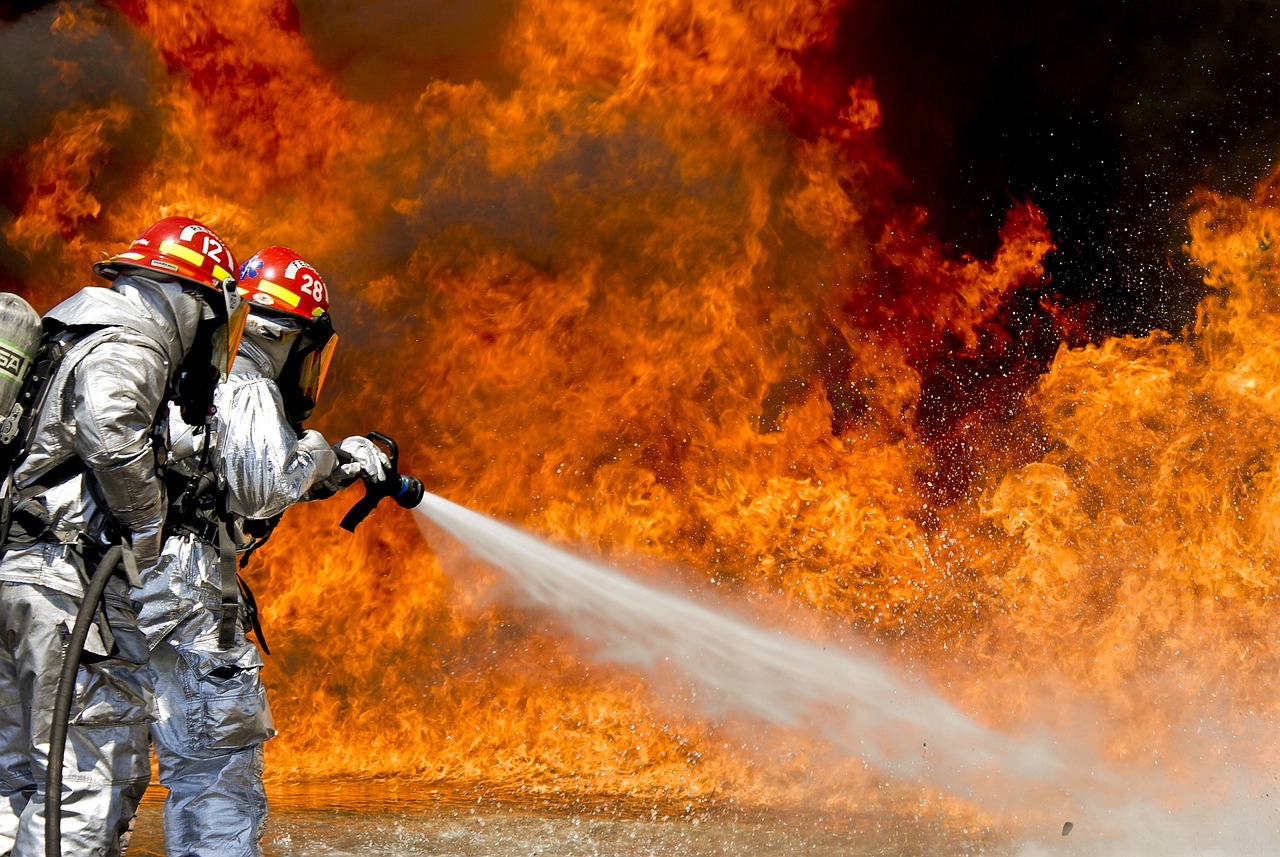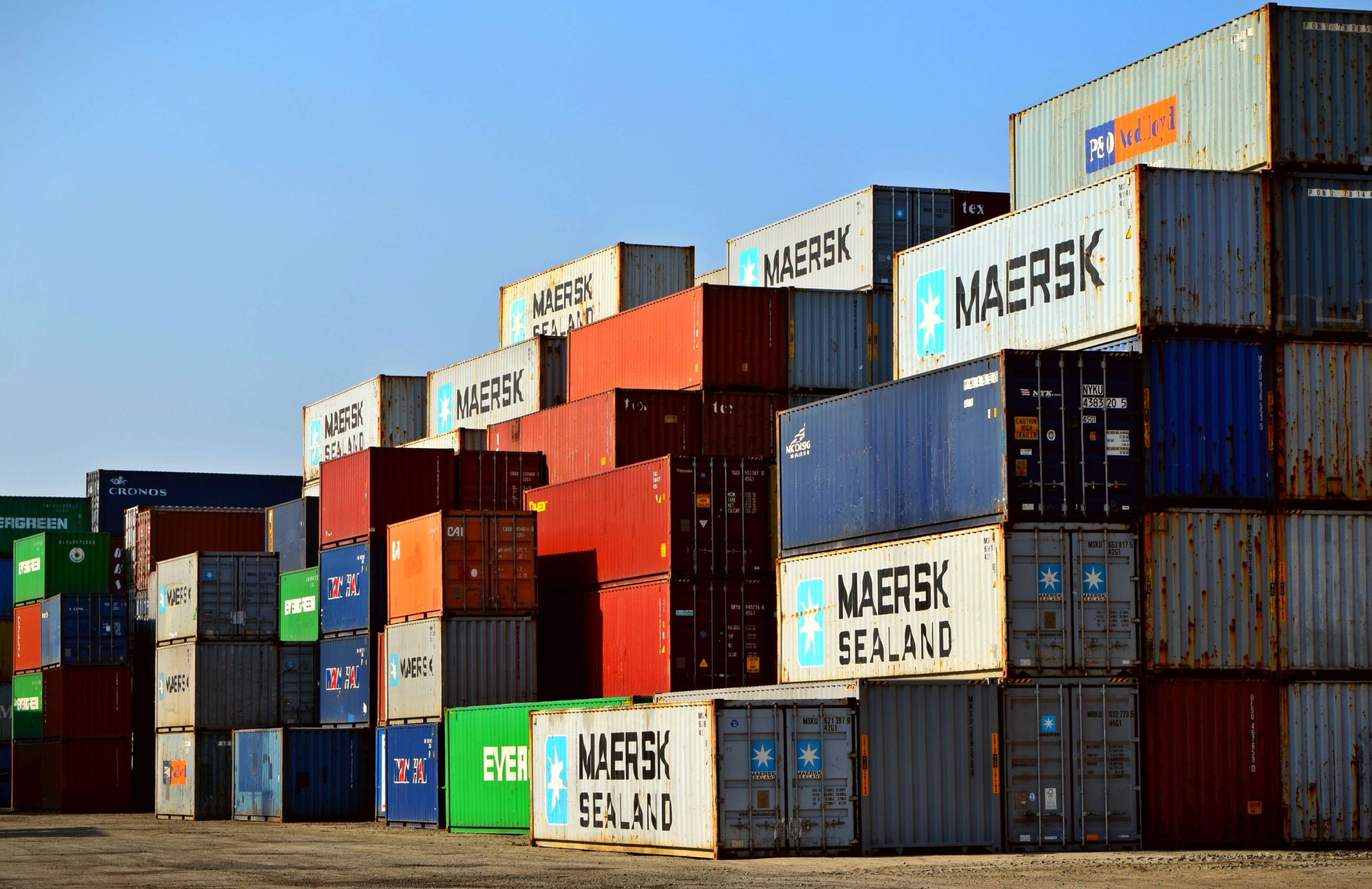The Growing Danger of Cargo Fires in Container Shipping

Introduction
Cargo fire risks pose a significant threat to the safety and profitability of the shipping industry. Every year, countless cargo fires occur, resulting in devastating consequences such as property damage, loss of goods, and even loss of life. The potential causes of cargo fires are diverse, ranging from hazardous materials to poor packing practices. As a result, shipping companies and individuals involved in the transportation of goods must be aware of these risks and take proactive measures to mitigate them. This includes implementing proper safety measures, adhering to international regulations, and investing in advanced fire detection and suppression systems. By prioritizing cargo fire prevention, the industry can safeguard not only its assets but also the well-being of those working within it. In this article, we will delve into the various factors contributing to cargo fire risks and explore effective solutions to minimize these dangers, ensuring a secure and efficient shipping environment for all.
.png)
Fire Risks Continue to Rise
Fire poses a significant risk in the shipping industry, leading to general average claims and total losses. In the past five years, 64 ships have been lost due to fires. The high number of containers onboard vessels increases the likelihood of fires originating from containers. Detecting and combating fires at sea is challenging for small crews of 20 to 30 people.
Even a small container fire can quickly escalate, overwhelming the crew's ability to control it and potentially resulting in vessel abandonment and loss. Recent incidents include the ZIM Charleston fire in August 2022, damaging approximately 300 containers, and the sinking of the TSS Pearl in the Red Sea in October 2022, as the crew had to abandon the ship. Fires at ports and warehouses have also occurred, such as the 2022 fire and explosion at a container depot in Chittagong, Bangladesh, which claimed the lives of 40 people.
The transportation of hazardous cargo on large vessels amplifies the consequences of fires, leading to more extensive losses and longer delays. Restoring large container ships comes at tremendous costs, and only a limited number of ports and shipyards are equipped to service and repair such vessels.
Risks from Li-ion batteries
The ongoing decarbonization and electrification efforts in the shipping industry have introduced new types of cargo, some of which are more hazardous than conventional goods. However, this shift has introduced new challenges, particularly concerning the transportation of goods containing Li-ion batteries. The increased use of Li-ion batteries found not only in electric vehicles but also in various consumer goods, has raised safety concerns in container shipping.
Li-ion batteries pose several hazards, including fire, explosion, and thermal runaway, a rapid self-heating fire that can lead to an explosion. They can also release irritating, corrosive, or toxic gases in confined spaces. Manufacturing defects, damaged cells, overcharging, and short-circuiting are common causes of battery fires. Fires involving Li-ion batteries in electric vehicles (EVs) can burn more ferociously and are challenging to extinguish fully. They can even reignite spontaneously hours or days after being seemingly put out. Unfortunately, many ships lack adequate fire protection and detection systems to effectively handle such incidents, especially given the growing size of modern vessels.
The surge in Li-ion battery demand has resulted in numerous manufacturers entering the market, raising questions about quality control. Malfunctioning or damaged batteries have been linked to fire incidents, emphasizing the need for collaboration among manufacturers, carriers, and regulators to ensure safety and reliability. Rigorous quality control measures and adherence to industry standards are crucial in minimizing these risks.
In addition to long-term solutions, preventive measures must be taken to mitigate immediate dangers. Providing proper training for staff and crew, equipping ships with firefighting equipment, improving early detection systems, and developing comprehensive emergency plans are essential steps. These measures facilitate a coordinated response to fire incidents, minimizing damage and ensuring the safety of crew and cargo.
A debate is underway within the shipping industry regarding the necessity of dedicated Roll-on/Roll-off (Ro-ro) vessels for transporting electric vehicles (EVs). Purpose-built vessels designed specifically for EV transportation can significantly reduce the risk of fire incidents. Incorporating fire-resistant materials, specialized ventilation systems, and advanced fire suppression mechanisms enhances safety standards. However, reaching a universal solution requires further research, collaboration, and industry-wide discussions.
Lower freight rates pose a challenge to fire safety and decarbonization investments. While advantageous for cargo owners, it risks the container shipping sector. Profits in the container industry have supported advancements in fire safety, decarbonization, and alternative fuels. However, worsening market conditions may hinder progress in these initiatives. Maintaining a focus on safety, sustainability, and fire prevention is crucial to prevent setbacks in the face of changing market dynamics.
Mis-Declared Cargo - A Root Cause of Cargo Fires

Mis-declared dangerous goods, such as chemicals, batteries, and charcoal, have been increasingly linked to cargo fires. Improper declaration and packing hinder firefighting efforts. To evade higher costs, some companies try to circumvent this by labeling items such as fireworks as toys or lithium-ion batteries as computer parts for example.
Several large container shipping companies have turned to technology to address this issue, using cargo screening software to detect suspicious bookings and cargo details, while several large container operators are imposing penalties. However, currently, each shipping company and administration has its requirements, while the rate of container inspections in many countries remains low.
Progress on container ship fire safety
In 2017, the IUMI and IMO collaborated on amendments to enhance fire control provisions in containerized cargos under SOLAS. The amendment process, despite COVID-19 delays, is ongoing.
Additionally, the European Maritime Safety Agency conducted the CARGOSAFE study in March 2023, assessing fire risks on container ships. and evaluating prevention measures. The study will be reviewed by the IMO, along with industry proposals, to enhance firefighting capabilities. The private sector has also developed technical solutions, including sensors and thermal imaging, while the Cargo Fire & Loss Innovation Initiative aims to mitigate cargo fire risks.
Conclusion
Addressing these risks requires a multifaceted approach, including improved quality control, preventive measures to mitigate risks, and unified international regulations. By prioritizing safety and sustainability, the industry can navigate market challenges while ensuring the safety of crew members, protecting the environment, and safeguarding the valuable cargo being transported.
As the industry continues to evolve, collaboration, innovation, and regulatory compliance will be crucial to effectively mitigate cargo fire risks and promote a safer and more sustainable shipping industry for the future
Article by:

Gavara Naveen,
Student of Bachelor of Technology in Naval Architecture & Ocean Engineering
Indian Maritime University, Visakhapatnam

